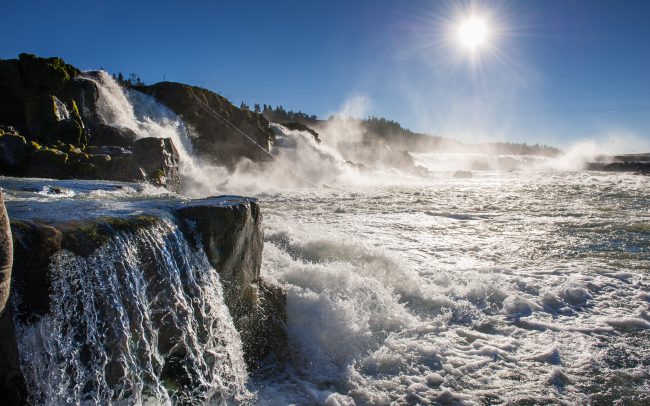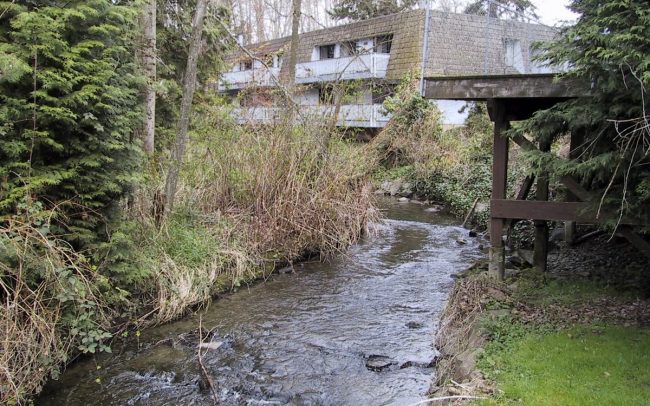Water pollution in the Klamath River Basin has serious implications for wildlife conservation, resource management, and human health. To evaluate the merits of individual, large-scale water quality improvement techniques for the Upper Klamath Basin, Stillwater Sciences led a technical team to support the California State Coastal Conservancy, PacifiCorp, the California State Water Resources Control Board and the Oregon Department of Environmental Quality with a basin-wide technical workshop.
The workshop focused on upper basin projects to foster a new, healthier equilibrium condition for the headwaters of the Klamath Basin. Such an approach would treat both the symptoms and the causes of elevated phosphorus and nitrogen levels and ultimately support water quality improvements in downstream reaches of the Klamath River.
Prior to the workshop, the technical team and the project Steering Committee summarized background information in a pre-workshop information packet for participant review (see below). At the workshop, participants ranked multiple water quality improvement techniques and engaged in a design charrette. Results of the ranking exercise are summarized in the final report (see below) and detailed in the workshop notes (see Appendix A below). Following the workshop, feedback from participants was used by the project technical team to develop pilot project conceptual designs for three overarching project types:
- Wetland rehabilitation
- Sediment removal (dredging)
- Sediment sequestration of phosphorus with oxygenation/aeration
No single approach to addressing water quality improvements was selected because the current scale of the problem is too large. Instead, the team developed conceptual designs for multiple pilot projects at several locations in the Upper Klamath Basin with an eye toward treating both the symptoms and the causes of water quality problems (see final report below).
Linking both types of projects, in space and time, represents an exciting opportunity to improve water quality and thereby support multiple beneficial uses. Lastly, continuing education, outreach, and incentives for landowners and managers is an important component of the successful implementation of pilot, and ultimately full-scale, water quality improvement projects in the Upper Klamath Basin.









